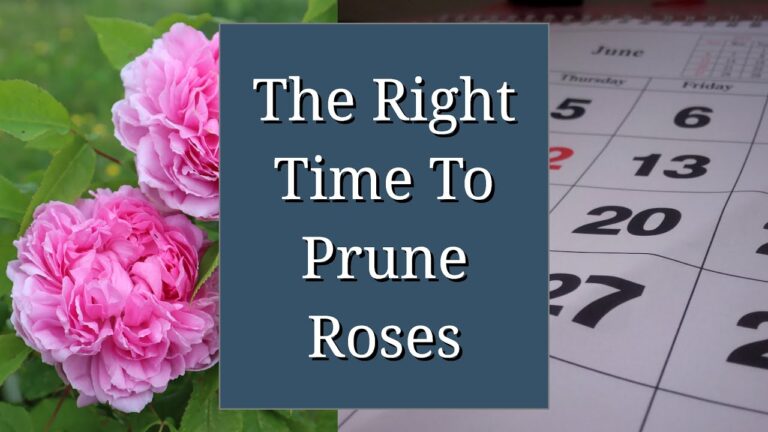In the world of nursery businesses, there are two main approaches to building your plant inventory: growing your plants from scratch or buying them from external sources. Jason, from Fraser Valley Rose Farm, has firsthand experience with both methods. While his business predominantly relies on self-grown plants, he also integrates purchased plants strategically. This article delves into the advantages and challenges of buying plants for a nursery business, offering insights to help you make an informed decision.
The Advantages of Buying Plants
1. Save Time and Fast-Track Your Business
Time is often the most limited resource for any nursery owner. Buying plants—whether as finished products or plugs—can drastically reduce the time investment required to get your business off the ground.
For example, growing a plant from scratch involves a lengthy process. Jason explains that propagating a cutting might take a year or more before it’s ready for sale, with additional time required if you aim to produce larger, retail-ready specimens. In contrast, purchasing plants allows you to sell them almost immediately, enabling you to test market demand and refine your business model without waiting years for inventory to mature.
2. Expand Your Plant Assortment
No matter how skilled or passionate you are, it’s nearly impossible to grow every plant your customers might desire. By purchasing plants, you can significantly broaden your assortment, offering a variety of unique or trendy species that you may not have the time or resources to propagate yourself.
This expanded selection can drive incremental sales. As Jason points out, customers appreciate diversity—they’re often drawn to plants with unique features, like peanut butter-scented leaves or benefits for pollinators. By adding these to your inventory, you maximize the value of every customer interaction without increasing your marketing costs.
3. Leverage Professional Presentation
Plants purchased from commercial suppliers often come with professionally designed tags, labels, and promotional materials. These elements can elevate your business’s presentation, making even a small operation appear polished and professional. For nursery owners who lack the resources to create their own branding materials, this is a significant benefit.
4. React Quickly to Market Trends
Trends in the plant world can shift rapidly. Whether it’s a hot new edible plant or a rare tropical species, buying plants allows you to respond swiftly to customer demand. Growing these plants from scratch would require sourcing mother stock, learning propagation techniques, and waiting years to build inventory. Purchasing them, on the other hand, enables you to meet customer expectations in a fraction of the time.
The Challenges of Buying Plants
While buying plants offers numerous advantages, there are potential drawbacks to consider.
1. Dependency on Suppliers
When you rely on external suppliers, your business becomes subject to their decisions and practices. Minimum order requirements, sudden shortages, or policy changes can disrupt your plans. For example, Jason recalls how one of his rose suppliers faced a surge in demand and poor growing conditions, leading to reduced availability for smaller growers like himself. This forced him to contact customers about unfulfilled pre-orders—a frustrating experience that highlighted the risks of dependency.
2. Limited Control
Relying on suppliers means surrendering some control over your inventory. Decisions about plant availability, quality, and delivery timelines are entirely in their hands. For small nursery owners who value autonomy, this lack of control can be a significant drawback.
Striking a Balance: A Hybrid Approach
To navigate these challenges, Jason has adopted a hybrid model. He produces the majority of his plants himself, ensuring he retains control over his core inventory. At the same time, he opportunistically buys plants to supplement his offerings, reduce workload, and enhance his assortment. This approach allows him to enjoy the benefits of both methods while minimizing the risks.
Conclusion
For nursery owners, the choice between growing plants and buying them isn’t black and white. Both approaches have their strengths and weaknesses, and the right decision depends on your business goals, resources, and risk tolerance.
By purchasing plants, you can save time, diversify your offerings, and respond quickly to trends—all while presenting a professional image. However, it’s essential to remain mindful of the challenges, such as dependency on suppliers and reduced control.
Jason’s balanced approach—combining self-grown plants with opportunistic purchases—serves as a thoughtful strategy for leveraging the best of both worlds. Whether you’re just starting out or looking to grow your existing nursery business, understanding these trade-offs can help you make informed decisions and achieve long-term success.




